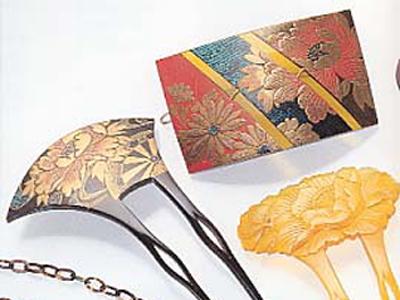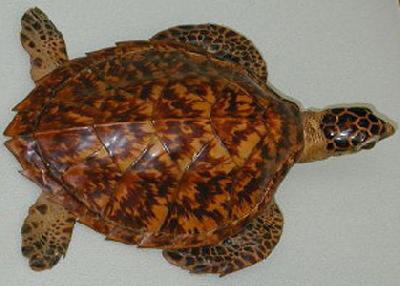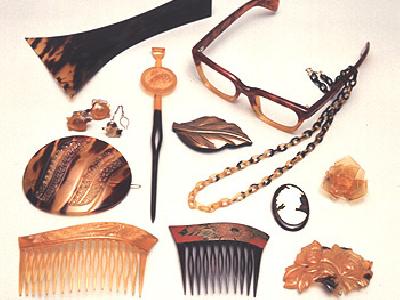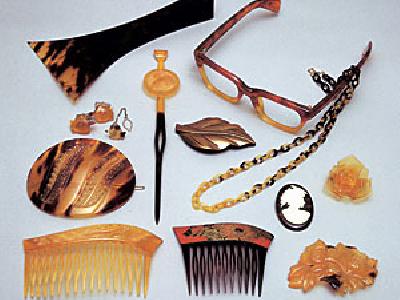|
Kumejimakaigan no Tatamiishi (the Tatami Rocks of Kumejima Island Beach) is a coastal area of Oujima Island, Okinawa, that features regular formations of peculiar rocks.
Oujima is a small isolated island lying to the east of Kumejima and has a circumference of only 4km. On its southern end are groups of peculiar pentagon- and hexagon-shaped rocks about 1m to 2m in diameter. These smooth rocks are called tatamiishi (tatami rocks) because the appearance of the rocks is similar to traditional Japanese flooring with tatami mats. At a glance, they also look like the patterns on a tortoise shell.
Ou means the isolated island where 'fusou' (a ritual where the deceased were left on an island to naturally decompose) was practiced. Oujima was once deserted, but today is used for sugarcane-growing.
The only highlight of this island are the tatami rocks. The beach has also become a popular spot for swimming.
There are about 1000 tatami rocks, each approximately 1m in diameter. These rocks were formed when hot magma cooled and cracked perpendicularly to create a pillar-shaped structure. It is very rare, even outside Japan, to see so many of these rocks in one place.
Oujima is a small isolated island lying to the east of Kumejima and has a circumference of only 4km. On its southern end are groups of peculiar pentagon- and hexagon-shaped rocks about 1m to 2m in diameter. These smooth rocks are called tatamiishi (tatami rocks) because the appearance of the rocks is similar to traditional Japanese flooring with tatami mats. At a glance, they also look like the patterns on a tortoise shell.
Ou means the isolated island where 'fusou' (a ritual where the deceased were left on an island to naturally decompose) was practiced. Oujima was once deserted, but today is used for sugarcane-growing.
The only highlight of this island are the tatami rocks. The beach has also become a popular spot for swimming.
There are about 1000 tatami rocks, each approximately 1m in diameter. These rocks were formed when hot magma cooled and cracked perpendicularly to create a pillar-shaped structure. It is very rare, even outside Japan, to see so many of these rocks in one place.
| [+ADDRESS] | 
|

















